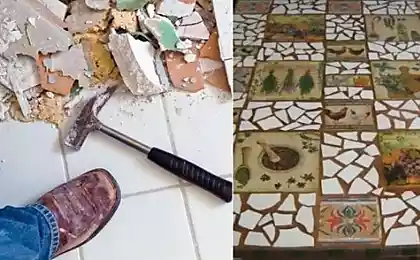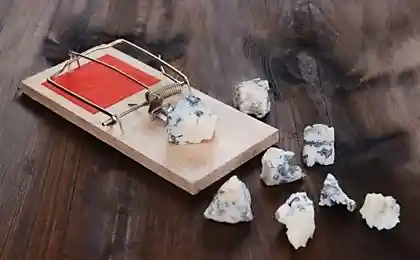134
How to choose a grout for tile
Tile is increasingly used in interior design. The floor covering is now made in the corridor and even in the bedroom. And the bath and working area of the kitchen without tiles is difficult to imagine. But even the most expensive and fashionable tiles will not look beautiful if you do not close the seams or choose the wrong grout. And now there are so many of them in construction stores that eyes run out.

DepositPhotos
Editorial "Site" He will tell you the basics. rubbing for tiles and their application.
Grinding the seams between the tile
If cement and silicone grout can be handled by an ordinary tiler, then a professional is needed to work with epoxy. Without experience with such solutions, you can spoil the whole result, since if the technology is broken, the seams can turn out very rough and uneven. Therefore, you need to compare your desires with financial capabilities before the repair.
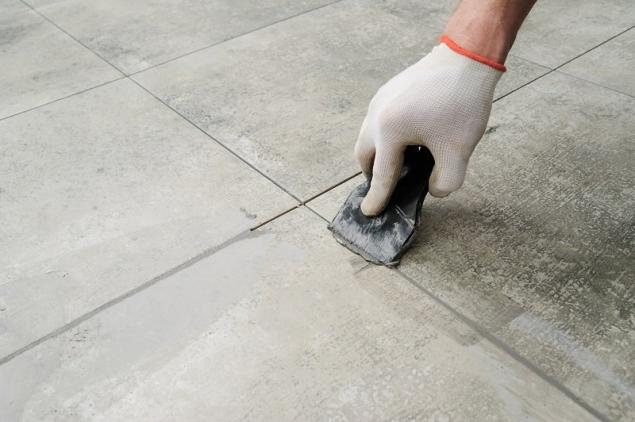
DepositPhotos We also advise you to familiarize yourself with the tips of designers, how to beautifully lay out tiles in the bathroom.
Tell us in the comments whether you prefer to do the repair yourself or trust only professionals. Share this article with your friends on social media!
Photo by depositphotos preview.

DepositPhotos
Editorial "Site" He will tell you the basics. rubbing for tiles and their application.
Grinding the seams between the tile
- Cement grouts
This is the most popular type of grout. They are a mixture of cement, pigment, as well as various fillers and special additives that give special properties to the compositions. For outdoor work, there are frost-resistant grouts, for rooms with high humidity - antifungal. These are universal and inexpensive grouts. But they have a significant disadvantage - they are not decorative enough and can spoil the overall appearance of beautiful and expensive tiles. They are also not suitable for difficult working conditions.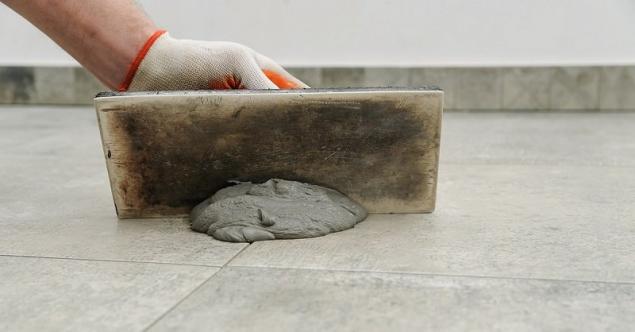
DepositPhotos - Silicone grouts
These are excellent grouts for seams between tiles in rooms where there is direct contact with water. For example, they are ideal for the bathroom, working area of the kitchen, rooms with a swimming pool. They firmly adhere to the tile, do not form cracks and reliably protect it from water. Also on such grooves are not fixed mold. The high elasticity of the mixture allows you to close seams up to 7 mm wide. Working with these tools is easy, because they are quite elastic. Well, such grouts are friends with ceramic tiles, mosaics and stone, but if there is wood, metal or plastic in the lining, then using silicone grouts is not recommended.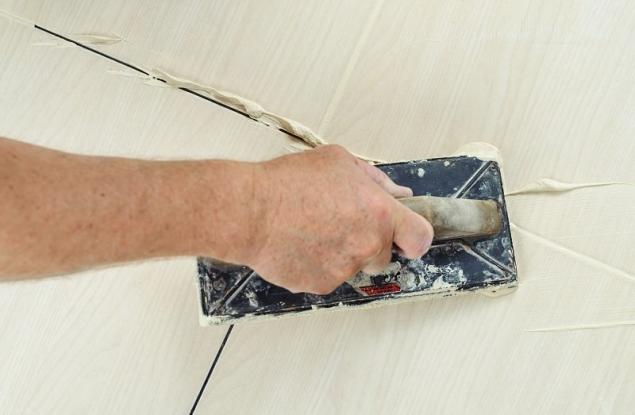
DepositPhotos - Epoxy grouts
These are complex chemical compounds that form a strong, shrink-free and completely impermeable to moisture seam, which does not lose its protective properties for 50 years. These are often used in swimming pools. Epoxy mixtures are compatible with ceramics, mosaics, granite, stone, porcelain and even wood. They are more expensive than previous grooves, but fully justify themselves. They can handle seams up to 15 mm wide. Epoxy grouts are characterized by high decorativeness: the seam can be not only colored, but also shiny or pearl. Among the shortcomings of the material can be noted the difficulty of work. Components should be mixed in strictly stated proportions by the manufacturer and use a cellulose sponge in the work, and it is necessary to act quickly and skillfully, since such compositions harden very quickly.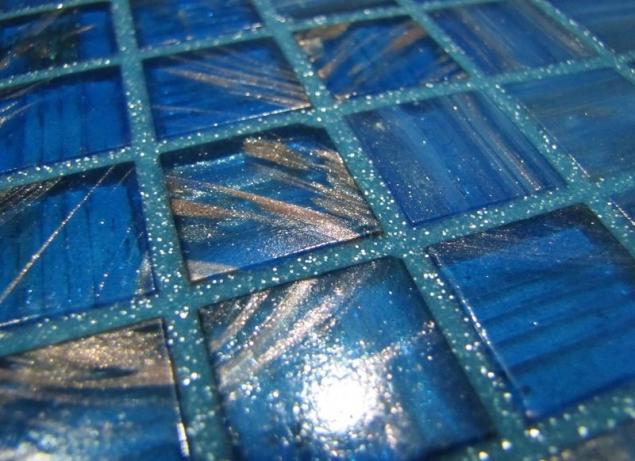
- Grinding pencil
A pencil marker is used when sealing stitch. The solution, which is part of this marker, destroys the fungus and prevents its appearance. Grinding pencil is often used for hygienic purposes, as well as to update old or faded seams. But not as a standalone product!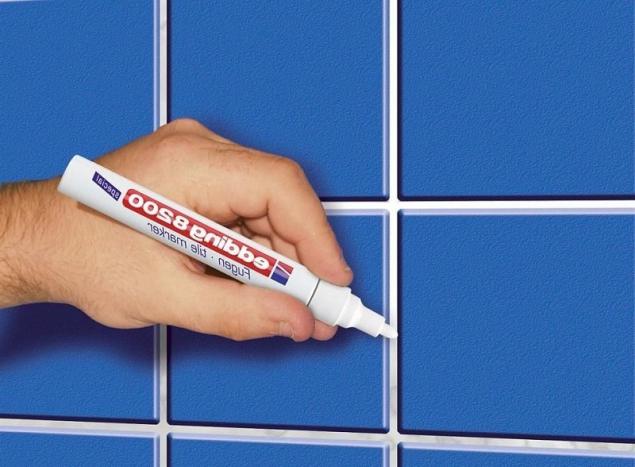
If cement and silicone grout can be handled by an ordinary tiler, then a professional is needed to work with epoxy. Without experience with such solutions, you can spoil the whole result, since if the technology is broken, the seams can turn out very rough and uneven. Therefore, you need to compare your desires with financial capabilities before the repair.

DepositPhotos We also advise you to familiarize yourself with the tips of designers, how to beautifully lay out tiles in the bathroom.
Tell us in the comments whether you prefer to do the repair yourself or trust only professionals. Share this article with your friends on social media!
Photo by depositphotos preview.












